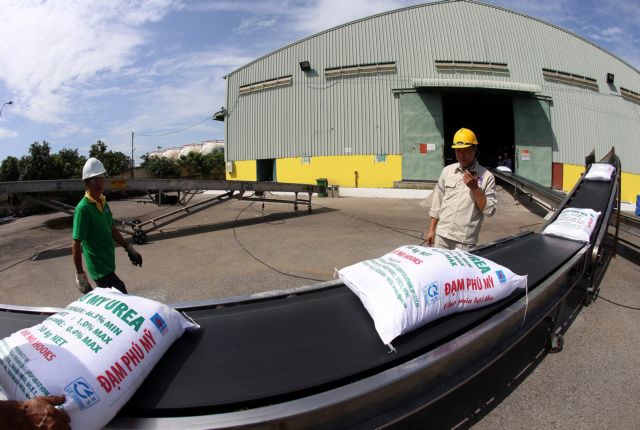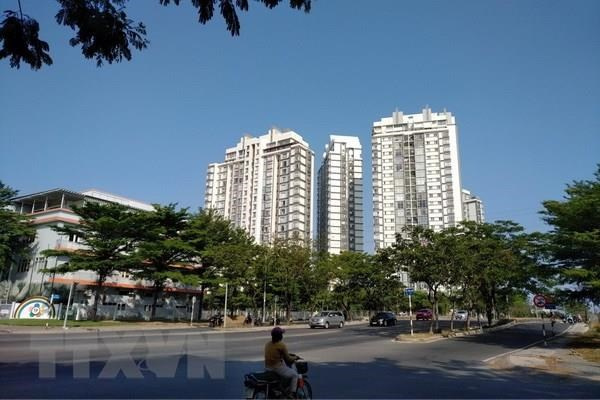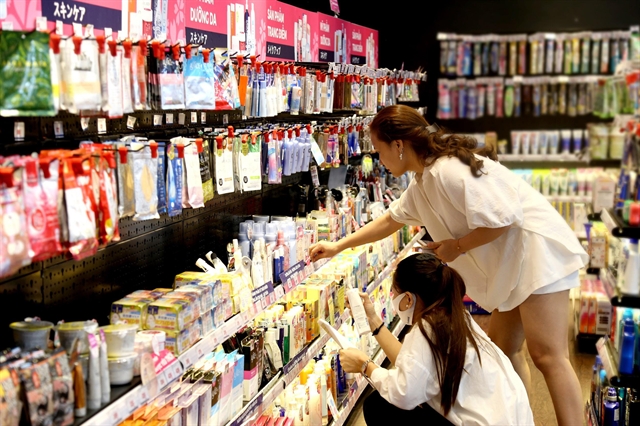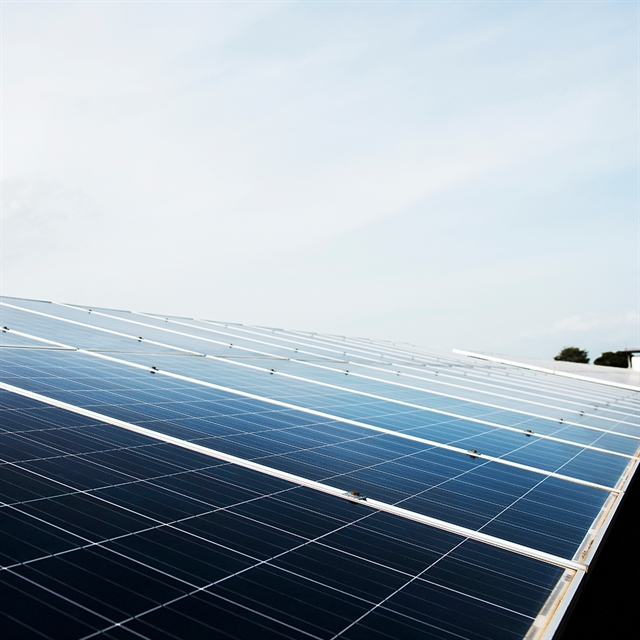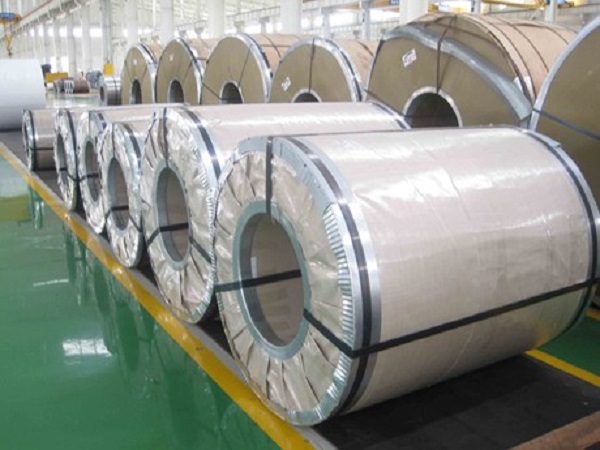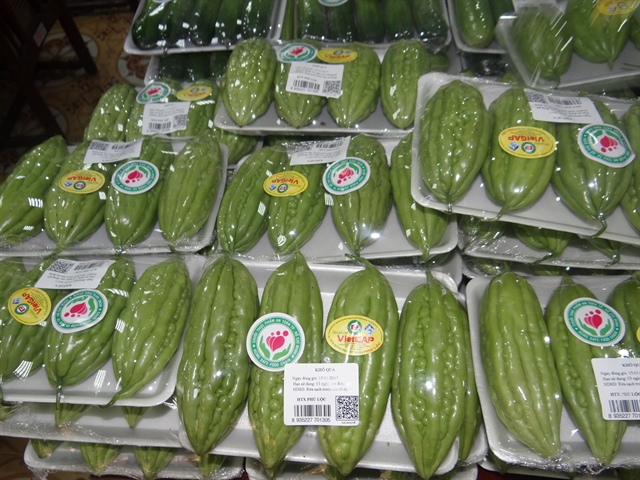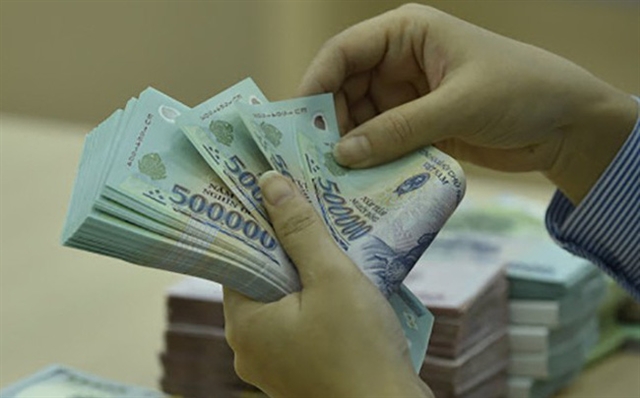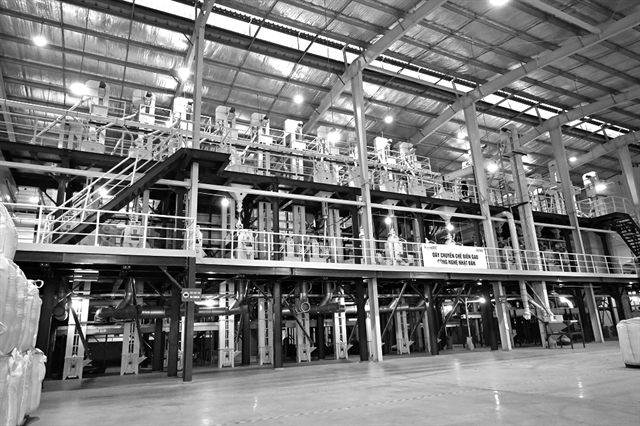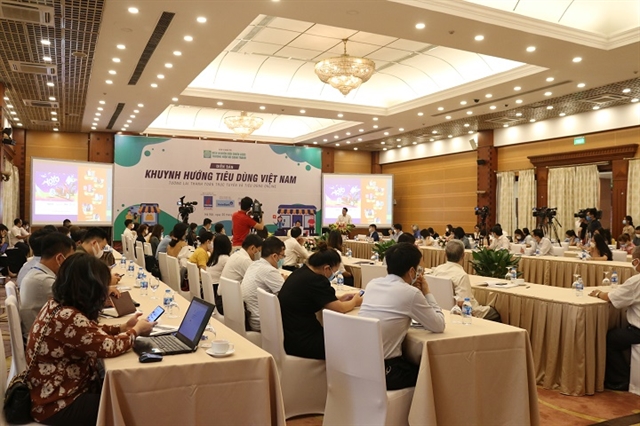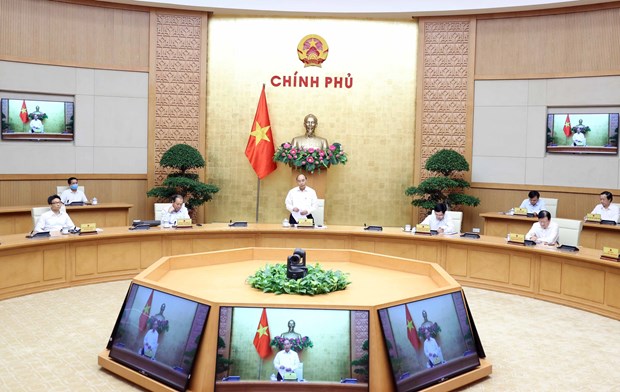
HÀ NỘI — A number of hydropower and thermal power companies are facing hardships due to the severe impacts of the COVID-19 pandemic.
In the second quarter of this year, among the 20 listed hydropower companies, 12 saw profits decline, six reported losses and only two witnessed profit rising over the same period last year.
The declines in earnings were attributed to the disastrous impacts of the COVID-19 pandemic, which caused both commercial electricity output and selling prices to decline, thus hitting revenue of many businesses in the industry.
Khánh Hoà Power Joint Stock Company (KHP) suffered a loss of nearly VNĐ219 billion (US$9.5 million) in Q2.
In the first six months of 2020, KHP recorded a decrease of 11 per cent in net revenue, reaching VNĐ2.23 trillion, and a slight decrease of 5 per cent in cost of goods sold, reaching VNĐ2.37 trillion.
Vĩnh Sơn-Sông Hinh Hydropower JSC (VSH) achieved revenue of nearly VNĐ55 billion in Q2, down by 50 per cent year-on-year and suffered a loss of over VNĐ2 billion. In the first half of this year, the company lost more than VNĐ3 billion.
According to VSH, a drought lasting from the end of 2019 to mid-2020 reduced the water flow to the lakes. Therefore, electricity output and production output decreased by 27 per cent and 55 per cent, respectively, over the same period in 2019.
Trường Thịnh Energy Investment Joint Stock Company (TTE) recorded a loss of more than VNĐ17 billion in Q2.
The company said unfavorable weather conditions and the COVID-19 pandemic directly affected its two plants. Due to the disease, some machinery orders from China to Viet Nam were suspended.
Thermal power
Listed thermal power companies on the stock exchange had much better business results than the hydropower group.
However, compared to the past years, the operation of thermal power companies has not really prospered. Profit growth was mainly due to cost reductions, while revenues declined.
PetroVietnam Power Corporation (POW) contributed more than half of the total profits reported by the thermal power group with VNĐ735 billion in the second quarter of this year.
PetroVietnam Power Nhơn Trạch 2 JSC (NT2) reported a 20 per cent increase in Q2 profit compared to the same period last year, reaching VNĐ249 billion, mainly due to increased financial income and other interests.
According to MB Securities Company, electricity is the slowest affected industry in the value chain of production and services in the current COVID-19 pandemic.
In case the pandemic persists, the development of power projects and transmission systems will slow down, leading to pressure on the power supply in the 2021 - 2025 period.
In addition to the intrinsic difficulties of the electricity industry, the site clearance and capital mobilisation and interactions with foreign experts, as well as the import of equipment, mainly from China and South Korea, were interrupted, delaying construction progress.
In 2020, hydropower production declined significantly in the first six months and is expected to improve in the last months of the year.
The water level in the rivers in the Central and the Southern region as of early March was 51 per cent lower than the figure in early 2020. In the North Central and South Central Coast regions, the water flow to hydropower reservoirs is 44 per cent lower than early 2020.
According to KB Vietnam Securities Company (KBSV), the power shortage will help increase the mobilised output of existing power plants.
A recent report by the Ministry of Industry and Trade said many large thermal power plants are behind schedule of the revised Power Master Plan 7 approved by the Government, especially in the Southern region. Việt Nam will suffer a power shortage of about 6.6 billion kWh in 2021, around 11.8 billion kWh in 2022 and a peak of 15 billion kWh in 2023.
"This power shortage will help existing thermal power plants mobilise power with higher efficiency and more efficient operation," said KBSV.
A common feature of most power enterprises is that they need a very large amount of initial investment capital to invest in fixed assets. Most businesses borrow about 70 per cent of this capital from domestic or foreign banks.
With such a capital structure, most power plants will lose money in the first years of operation due to high interest expenses and the loans will then gradually decline as business results improve.
According to KBSV's calculations, the total loan balance of some listed power companies will decrease rapidly to VNĐ24 trillion by the end of 2020, compared to VNĐ44.4 trillion at the end of 2018. — VNS

